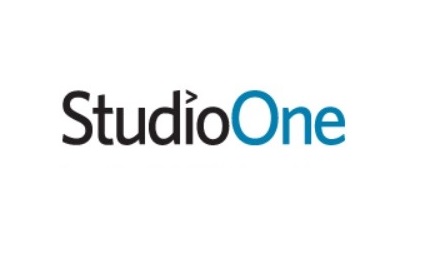Content Marketing: Matching the Message and the Brand - Studio One

Welcome Studio One, our newest MediaBizBlogger
Brand: Studio One
"Nothing kills a bad product faster than good advertising. Everyone tries the thing and never buys it again." – Bill Bernbach
Advertising legend Bill Bernbach said it numerous times, in numerous ways: don't rely on your marketing communications – advertising, in whatever form - to make a bad product good. It will only call unwanted attention to its defects.
This point was made again recently by Steve Olenski in Forbes.com. In an article entitled "Content Marketing's Dirty Little Secret" he suggested that marketers too often jump on the Content Marketing bandwagon, expecting it to improve sales, without first making sure the product meets consumers' needs. The tendency is then to blame Content Marketing for the lack of success, rather than focusing on the product itself. He concludes:
Much like social media and any and all marketing "tools" that come along – content marketing is not a magic elixir. It will not cure all that ails you.
And it will surely not cover up the fact that your company, product, service or ware is simply not very good.
As Olenski himself suggests, the problem is not limited to content marketing, or social media – it arises in all cases in which marketing communications is asked to do a job for which it is unsuited – make a "bad" product "good".
This is, of course, overly simplistic. "Bad" products – meaning ones which do not meet consumer needs or desires – don't tend to last long in the marketplace, no matter how good their communication [some software monopolies perhaps excepted]. On the other hand, there are probably plenty of "good" products which may not be optimizing their marketing communications. Perhaps they are giving the wrong message, or telling the right one to the wrong people, or simply not emphasizing the product benefits that are most important to their customers.
In these situations a well-executed marketing communications program – be it traditional advertising, publicity campaigns, or newer forms including social media and online Content Marketing – can have a significant effect. Otherwise, sophisticated marketers would not be spending billions of dollars annually on them.
What can marketing communications properly be asked to do? The obvious list includes raising awareness, improving attitudes, promoting key product benefits, etc. But communication can be used in creative ways, especially by getting consumers to think differently about a product – without changing its attributes. For instance:
- Brand Repositioning – Sometimes a brand can be completely repositioned, not by changing the product itself, but via marketing communications (including advertising, packaging, and all elements of the marketing mix) to appeal to an entirely new audience.
o A famous example was the repositioning of Marlboro cigarettes from a woman's brand ("filter, flavor, flip-top box") to a manly product for rugged outdoorsmen (the Marlboro Man, complete with manly,exciting soundtrack from The Magnificent Seven) – without changing the product itself.
- Promoting additional usage – communicating additional attributes of a product beyond its primary ones
o For example, Arm & Hammer baking soda effectively increased sales by promoting its use in many situations beyond cooking, including removing refrigerator odors, and use as a toothpaste
- Liking the message/liking the brand –sometimes an entertaining or useful marketing message which consumers enjoy/appreciate can get them to extend their positive feelings to the brand itself.
o Dove's "Real Beauty" campaign helped a long-standing brand break out by shattering unrealistic stereotypes of beauty and connecting with millions of women on an emotional level
In other words, communications can increase sales by getting consumers to think about products differently – not because the product was "bad" to begin with, but because they may not have been thinking about it correctly.
Content Marketing can be especially helpful in this regard. Provided it is engaging enough, it's a format that can allow for extensive, in-depth presentation of product attributes. And in its online form, it's embedded in a communications technology that tends to be seen as (because it's used by) younger and hipper consumers than older media.
It will never make a "bad" product "good". But effective communication – including Content Marketing - can make the right people see how good it is for them. Which can make a "good" product "better".
Studio One is leading the content revolution by helping brands and publishers tell the right story, in the right way, to the right people. The company develops custom content marketing programs targeted to consumer audiences, helping build brand equity and boost sales. By identifying targeted head, mid- and long-tail sites -- audiences engage with the content in places that they naturally visit online. The model has helped Studio One build long-standing relationships with leading brands, like Procter & Gamble, Intel and Kellogg's.

